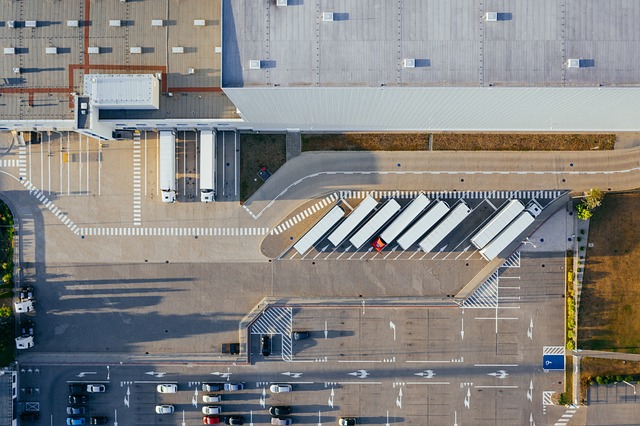Roof Replacement in Ireland: A Guide to Durable & Weatherproof Solutions
Replacing your roof is a significant investment in your home's longevity and energy efficiency. This guide explores the best roofing materials for Ireland's climate, associated costs, and available grants to help you make an informed decision.
What are the best roofing materials for Ireland’s climate?
Ireland’s climate, characterized by frequent rainfall and occasional strong winds, demands durable and weather-resistant roofing materials. The following options are well-suited for Irish homes:
- Slate: A traditional choice, slate offers excellent durability and water resistance. It’s aesthetically pleasing and can last over 100 years with proper maintenance.
- Clay tiles: These provide good insulation and are resistant to moss growth, making them ideal for Ireland’s damp climate.
- Concrete tiles: A more affordable alternative to slate, concrete tiles offer durability and come in various styles to suit different architectural designs.
- Metal roofing: Increasingly popular, metal roofs are lightweight, long-lasting, and excellent at shedding rainwater.
- Fibre cement slates: These combine the appearance of natural slate with enhanced durability and lower cost.
How much does a roof replacement typically cost in Ireland?
The cost of roof replacement in Ireland varies depending on several factors, including the size of your roof, chosen materials, and complexity of the job. Here’s a general pricing guide:
- For a standard 3-bedroom semi-detached house (approximately 100 square meters):
- Concrete tiles: €5,000 - €8,000
- Slate roofing: €8,000 - €12,000
- Metal roofing: €7,000 - €10,000
- Clay tiles: €9,000 - €14,000
| Roofing Material | Average Cost per Square Meter | Estimated Total Cost (100 m²) |
|---|---|---|
| Concrete Tiles | €50 - €80 | €5,000 - €8,000 |
| Slate | €80 - €120 | €8,000 - €12,000 |
| Metal Roofing | €70 - €100 | €7,000 - €10,000 |
| Clay Tiles | €90 - €140 | €9,000 - €14,000 |
Prices, rates, or cost estimates mentioned in this article are based on the latest available information but may change over time. Independent research is advised before making financial decisions.
What factors influence the cost of roof replacement?
Several factors can impact the overall cost of your roof replacement:
- Roof size and pitch: Larger roofs and those with steep pitches require more materials and labor.
- Chosen materials: Premium materials like slate will cost more than standard concrete tiles.
- Structural repairs: If your roof deck or supporting structure needs repair, this will add to the cost.
- Removal of existing roofing: The cost of removing and disposing of old roofing materials can be significant.
- Accessibility: Difficult-to-access roofs may require special equipment, increasing labor costs.
- Additional features: Skylights, chimneys, or complex designs will add to the overall cost.
Are there any grants available for energy-efficient roofing in Ireland?
Yes, the Sustainable Energy Authority of Ireland (SEAI) offers grants for homeowners looking to improve their home’s energy efficiency, including roof-related upgrades:
- SEAI Better Energy Homes Scheme: This grant covers attic insulation, which is often done in conjunction with roof replacement. The grant amount is up to €1,500 for attic insulation.
- SEAI Deep Retrofit Grant: For more extensive home renovations, including roof replacement with high-performance insulation, grants can cover up to 50% of the total project cost.
- SEAI Solar PV Grant: If you’re considering integrating solar panels with your new roof, grants of up to €2,400 are available for solar PV system installation.
What are the signs that indicate a roof needs replacement?
Recognizing when your roof needs replacement can help prevent more serious damage to your home. Look out for these signs:
- Age: Most roofs last 20-30 years, depending on the material. If your roof is approaching this age, it may be time for replacement.
- Curling or missing shingles: This indicates that your roof’s protective layer is compromised.
- Daylight through roof boards: Check your attic for any visible daylight coming through the roof boards.
- Sagging roof: This could indicate structural issues and requires immediate attention.
- Granules in the gutters: If you find a large amount of granules from asphalt shingles in your gutters, it’s a sign of advanced wear.
How can homeowners prepare for a roof replacement project?
Preparing for a roof replacement can help ensure a smooth process:
- Research and choose a reputable roofing contractor. Ask for references and check their credentials.
- Clear the attic of valuable or fragile items to protect them from dust and debris.
- Remove vehicles from the driveway and clear the area around your home to allow easy access for workers and materials.
- Inform your neighbors about the upcoming work, as it may be noisy.
- Consider temporary accommodation if the work is extensive, as roof replacement can be disruptive.
- Review your home insurance policy to understand coverage during and after the replacement.
Replacing your roof is a significant investment in your home’s future. By choosing the right materials, understanding costs, and taking advantage of available grants, Irish homeowners can ensure their new roof provides long-lasting protection and improved energy efficiency.
The shared information of this article is up-to-date as of the publishing date. For more up-to-date information, please conduct your own research.







